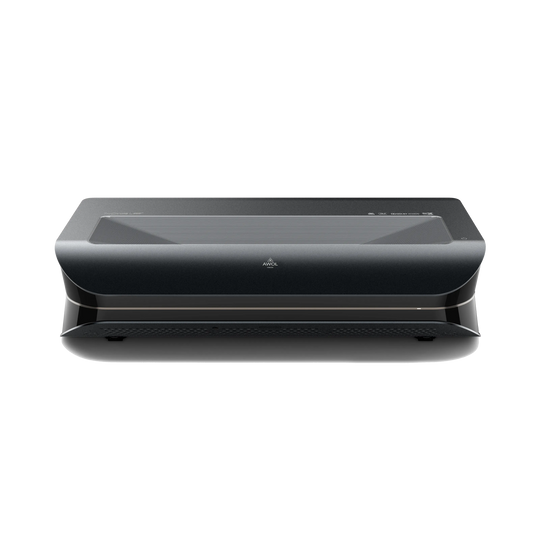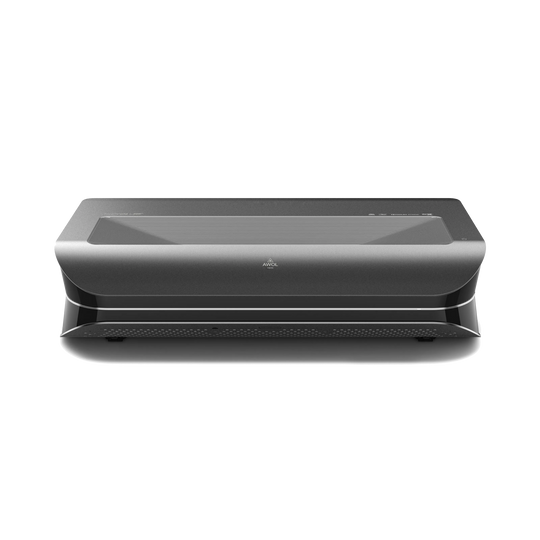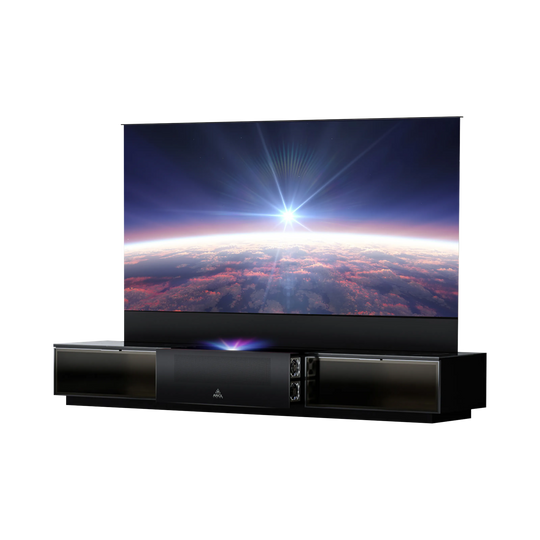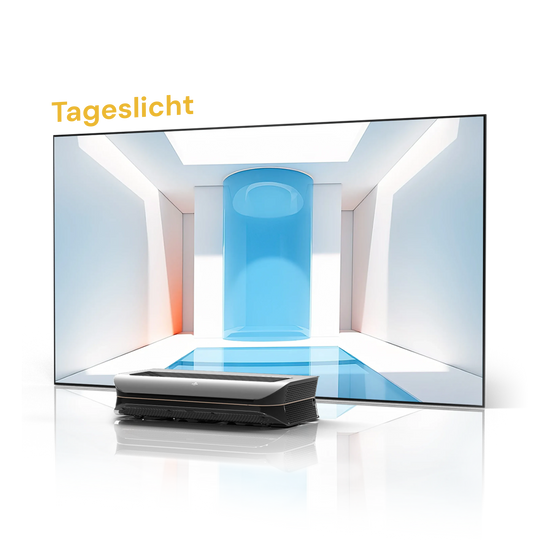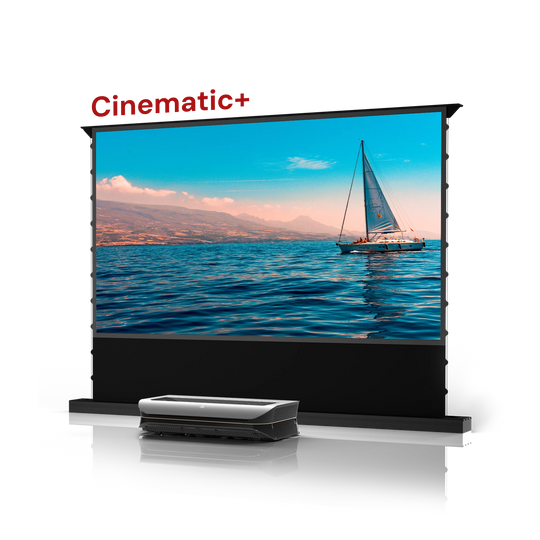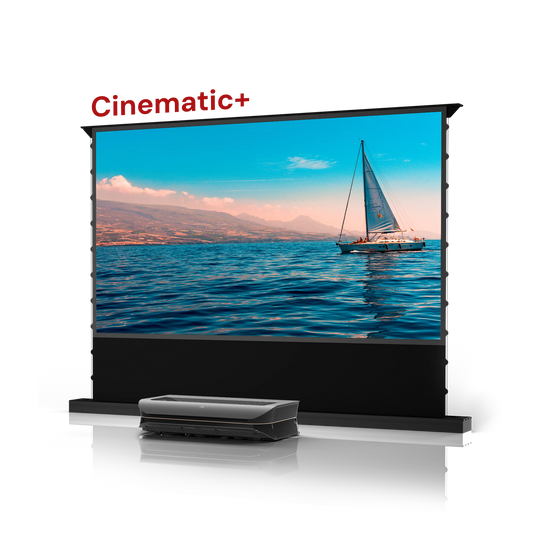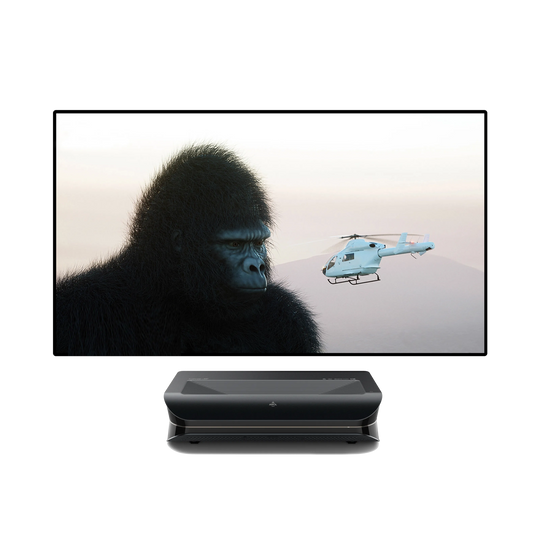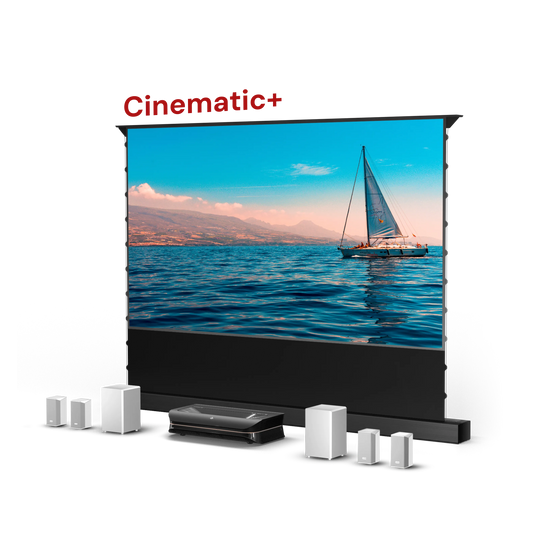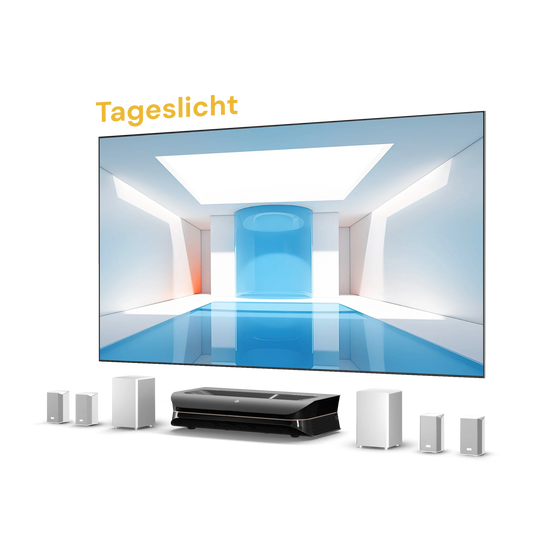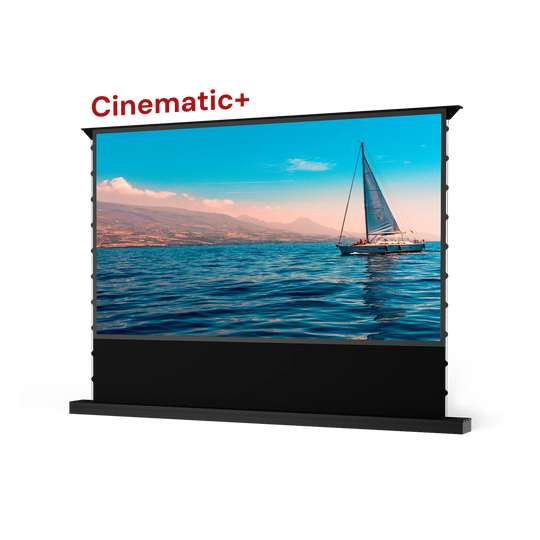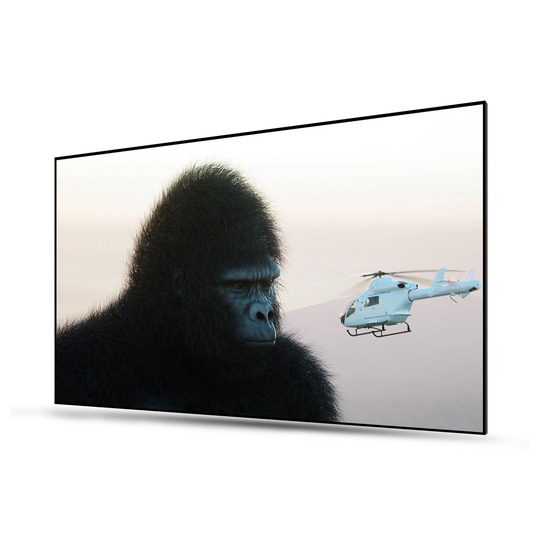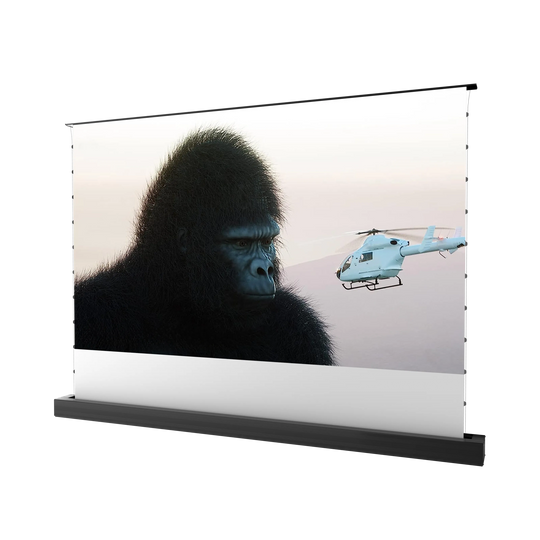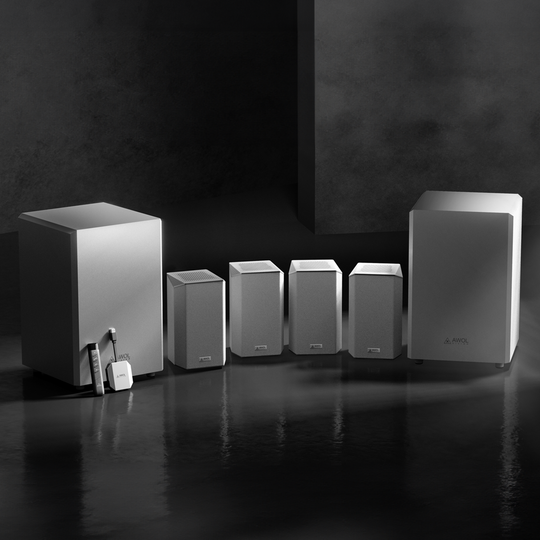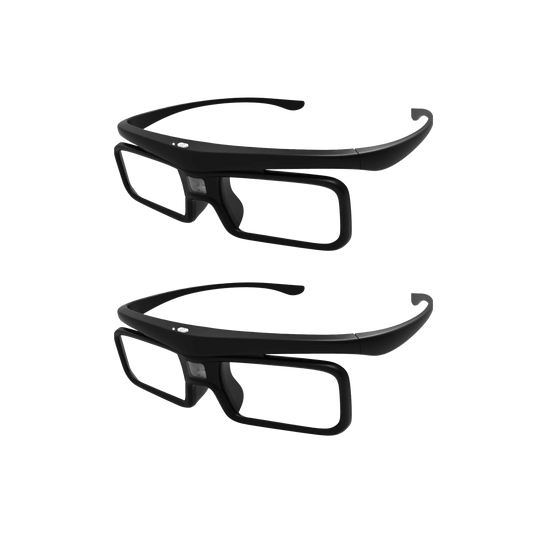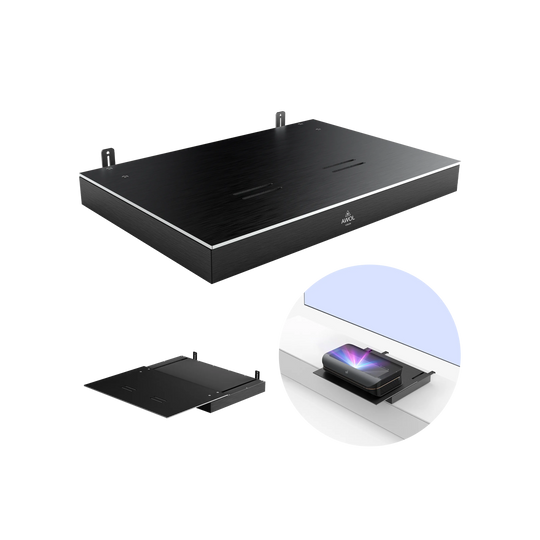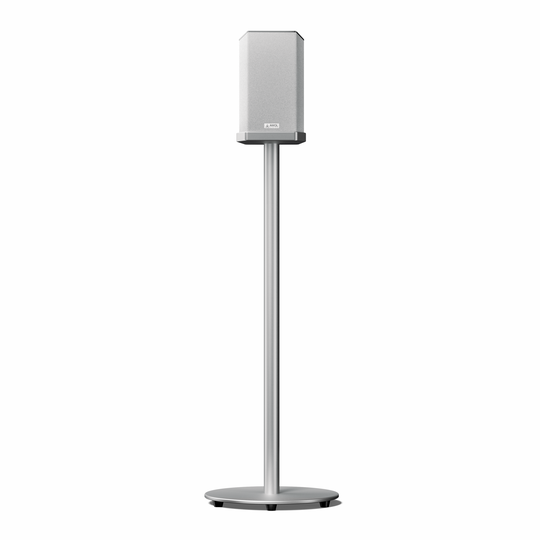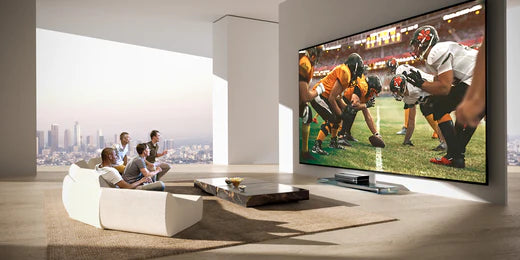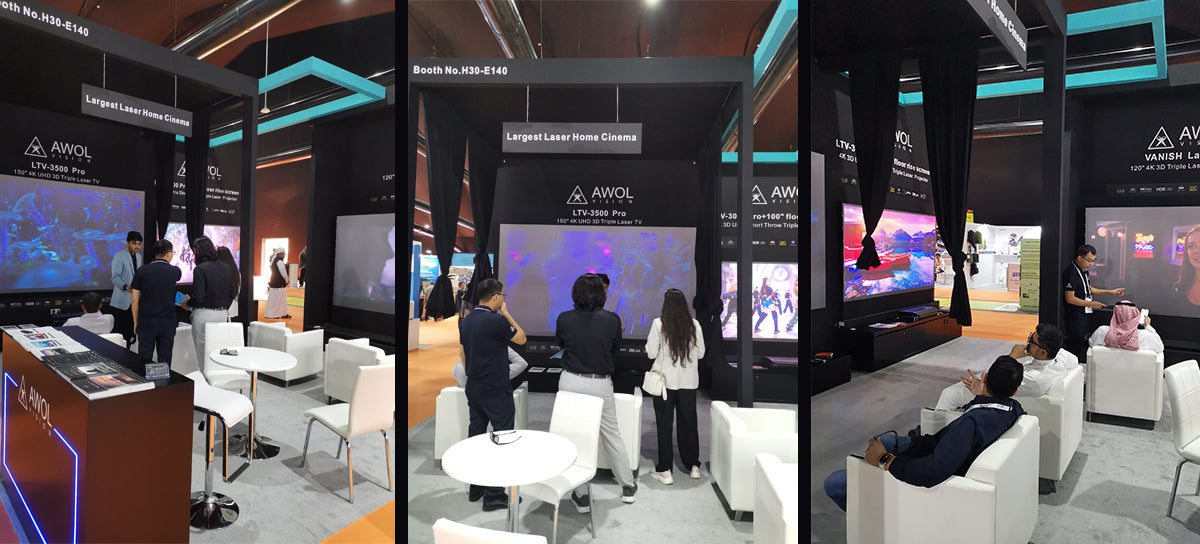Dolby Vision is on everyone's lips in the home entertainment sector.
But what exactly is it, and does it really revolutionize the TV experience as so many claim?
What is Dolby Vision after all?
Dolby Vision is a proprietary video format with High Dynamic Range (HDR) developed by Dolby Laboratories in 2014. It was designed to enhance the visual experience by providing greater contrast, brightness, and color depth compared to Standard Dynamic Range (SDR) or other High Dynamic Range (HDR) video formats.
Dolby Vision achieves this by using dynamic metadata that provide detailed instructions to Dolby Vision-enabled displays to accurately render content. Dolby Vision-enabled display devices use these metadata along with their own brightness, contrast, and color capabilities to ensure that each scene is displayed accurately, providing an immersive viewing experience.
Essentially, Dolby Vision sets new standards for nearly all aspects of image quality, affecting both content creators and display device manufacturers. It encompasses both the software and hardware aspects of image reproduction and pushes them to their limits.
Some notable features of Dolby Vision are:
Enhanced Brightness: Dolby Vision supports higher peak brightness levels (up to 10,000 nits!), making highlights appear brighter and more realistic. This results in improved contrast and detail, especially in scenes with a wide range of bright and dark elements.
Expanded Color Gamut and 12-Bit Color Depth: Dolby Vision expands the range of colors that can be displayed on the screen, leading to more vibrant and realistic images. This expanded color gamut of the Rec.2020 color space and the extreme 12-bit color depth allow for more accurate representation of colors found in the real world, enhancing the overall visual accuracy of the content.
SDR Compatibility: Dolby Vision content is compatible with SDR displays, allowing viewers without Dolby Vision-enabled TVs to still enjoy the content. While not as effective as on Dolby Vision displays, the content maintains improved image quality compared to traditional SDR content.
HDR10 Compatibility: To ensure backward compatibility with HDR10 devices that do not support dynamic metadata, Dolby Vision content includes a compatibility layer. This layer contains static metadata representing an average of the dynamic metadata instructions, allowing HDR10 devices to display the content with reasonable accuracy.
Perceptual Quantization (PQ) Gamma: Dolby Vision content is typically encoded with the Perceptual Quantization (PQ) transfer function, which allows for a wider dynamic range and improved color accuracy compared to traditional gamma curves. The dynamic metadata dynamically adjusts the PQ curve for each scene to ensure that the content is displayed accurately on the target display device. The PQ gamma is also compatible with other HDR formats such as HDR10 and HLG (Hybrid Log-Gamma). This compatibility ensures that content encoded with PQ can be enjoyed on a variety of HDR-compatible devices, even if they do not explicitly support Dolby Vision.
Dynamic Metadata: One of the main advantages of Dolby Vision is the use of dynamic metadata. Unlike static HDR formats that apply the same settings to every scene in a movie or TV show, Dolby Vision, in conjunction with PQ encoding, dynamically adjusts brightness, contrast, gamma, and color settings on a frame-by-frame basis. This ensures that each scene is optimized for the specific characteristics of the content, providing a more consistent and immersive viewing experience.
Wide Industry Acceptance: Many major Hollywood studios, streaming platforms, and device manufacturers have adopted Dolby Vision as the preferred HDR format, ensuring a growing library of content and widespread availability of Dolby Vision-compatible devices. This industry-wide acceptance enhances consumer access to high-quality HDR content and compatible devices.
Greater Content Control: Dolby Vision gives content creators greater control over how their content is displayed on Dolby Vision-compatible displays. This allows filmmakers and directors to preserve their artistic vision and ensure that viewers experience their content as intended, with precise control over brightness, contrast, and color tuning.
Continuous Development and New Features: This innovative technology continues to evolve and introduce new features, such as the new feature called Dolby Vision IQ. Unlike traditional HDR implementations that solely use content metadata to adjust picture settings, Dolby Vision IQ takes into account ambient light in the viewing environment. By using sensors or algorithms integrated into compatible displays, Dolby Vision IQ can analyze the room's brightness and color temperature and adjust the HDR content accordingly. This means that Dolby Vision IQ can adjust picture settings to maintain the intended contrast, brightness, and color accuracy of the content, whether you're watching a movie in a darkened room or during daylight.
Dolby Vision & AWOL RGB Laser-TVs
AWOL Laser-TVs stand out as one of the few selected projectors equipped with Dolby Vision certification. This recognition means they have passed all the rigorous tests conducted by Dolby Vision labs, ensuring full compliance with Dolby's demanding standards. These tests include evaluations of brightness, contrast, color accuracy, and handling of dynamic metadata, guaranteeing optimal performance in displaying Dolby Vision content.
Real Screen Capture - AWOL LTV-2500

With impressive features such as true coverage of the Rec.2020 color space of 107% and an intelligent dynamic laser dimming algorithm for exceptional contrast-rich scenes, along with their high brightness, AWOL Laser-TVs offer one of the best ways to fully immerse yourself in the Dolby Vision experience.
Is Dolby Vision the future?
Dolby Vision is now supported by a variety of devices, including TVs, projectors, laser TVs, streaming media players, Blu-Ray UHD players, and of course, next-gen gaming consoles. Additionally, many major Hollywood studios and streaming services have adopted Dolby Vision as the preferred HDR format for delivering premium content to viewers. As a result, Dolby Vision is becoming increasingly common in the home entertainment market, providing consumers with a superior viewing experience with compatible content and devices.
With its advanced technical features and commitment to continuous development, Dolby Vision is poised to enhance how we consume and enjoy visual content across various platforms and devices.
So the next time you hear about it, you should know that it's more than just a marketing gimmick, but a transformative force that will truly reshape the home entertainment landscape.
Dolby Vision is the way to go!
AWOL Vision Technology
